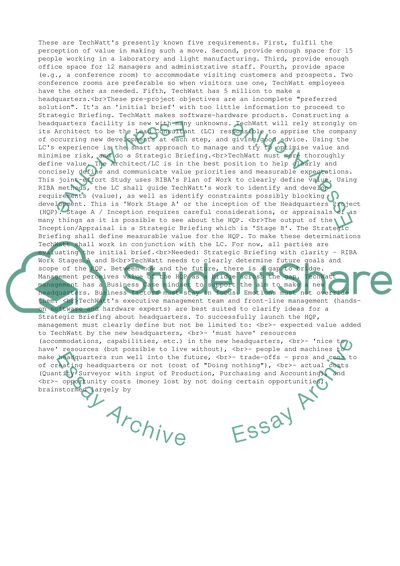Cite this document
(“TechWatt Value and Risk Management Case Study Example | Topics and Well Written Essays - 3750 words”, n.d.)
TechWatt Value and Risk Management Case Study Example | Topics and Well Written Essays - 3750 words. Retrieved from https://studentshare.org/business/1510819-techwatt-value-and-risk-management
TechWatt Value and Risk Management Case Study Example | Topics and Well Written Essays - 3750 words. Retrieved from https://studentshare.org/business/1510819-techwatt-value-and-risk-management
(TechWatt Value and Risk Management Case Study Example | Topics and Well Written Essays - 3750 Words)
TechWatt Value and Risk Management Case Study Example | Topics and Well Written Essays - 3750 Words. https://studentshare.org/business/1510819-techwatt-value-and-risk-management.
TechWatt Value and Risk Management Case Study Example | Topics and Well Written Essays - 3750 Words. https://studentshare.org/business/1510819-techwatt-value-and-risk-management.
“TechWatt Value and Risk Management Case Study Example | Topics and Well Written Essays - 3750 Words”, n.d. https://studentshare.org/business/1510819-techwatt-value-and-risk-management.


